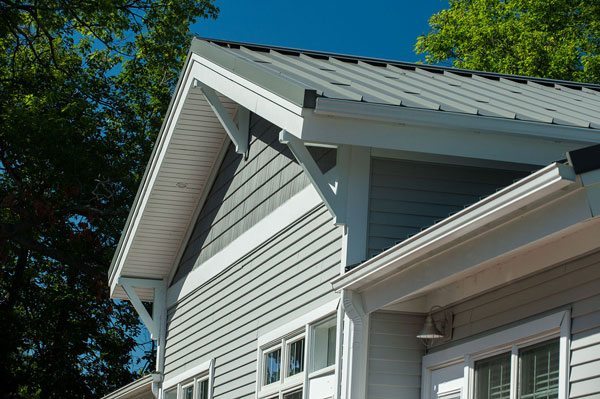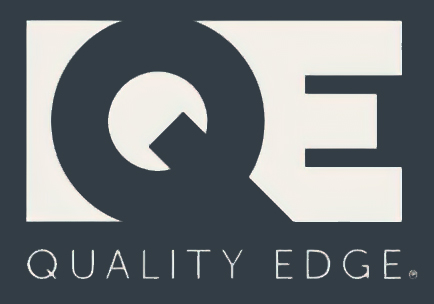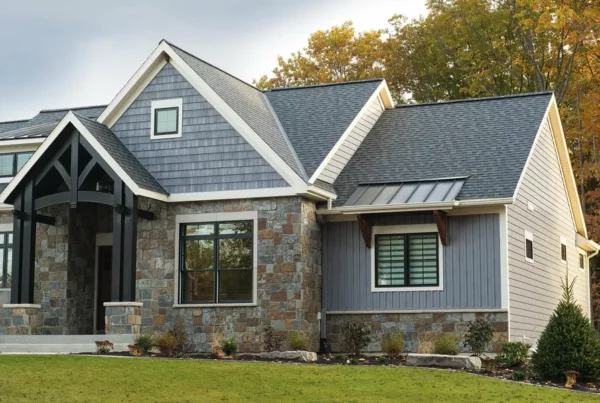Homeowners are becoming increasingly savvy about the product choices available when building and remodeling, and are also looking for more ways to reduce energy consumption and energy costs.
The roof is just one home feature where homeowners have a choice, between:
1) a traditional roofing option that doesn’t specifically take energy use into account, or
2) a “cool roof” with a reflective coating and possibly an Energy Star® rating. Energy Star rated cool roofs are tested to show high solar reflectance (the amount of solar radiation they reflect back), both initially and over time. The testing program is administered by the Cool Roof Rating Council (CRRC).
When people ask about reflective roofs in northern climates, they usually know that there are different climate zones in North America – 8 different zones, if you go by the International Energy Conservation Code (IECC). In most zones, the cooling load is higher than the heating load, meaning that, on an annual basis, it takes more energy to cool the home than it takes to heat it.
Cool roofs do have at least some degree of wintertime heating penalty, meaning that reflecting the sun’s rays prevents some heat from entering through the roof. For several reasons, though, the heating penalty is usually small compared to summertime heating cost savings. For a rough estimate of whether a cool roof makes sense, the Oak Ridge National Laboratory developed a Cool Roof Calculator for the DOE. The DOE’s calculator considers things like the average number of days a home in that area turns on the heat or the air conditioning. However, a simple online calculator can’t factor in some details that are important for northern climates, such as these:
- Seasonal reflectance: Useful energy reflected in winter tends to be less than the unwanted energy reflected during summer. Winter days are shorter, and sun is lower in the sky.
- Cloud cover: In mid-Atlantic and northern states with higher heating requirements, there also are more cloudy days during winter, which reduces the amount of sun reflected by a cool roof.
- Snow cover: Snow on roofs in northern climates also can reduce the difference in solar reflectivity between cool and non-cool roofs.
- Energy type: Many different heating and cooling systems are used in northern climates, but in general, the type of energy used for cooling is often more expensive than the type used for heating. In many northern areas, electricity is used for cooling and natural gas for heating, with natural gas being a less expensive energy source.
- Emissivity: Roofing products also are usually measured for emissivity, meaning ability to release absorbed heat. Emissivity is not part of the Energy Star® rating program, but is an especially useful metric for northern climates, where a lower emissivity may actually be beneficial.

Standing Seam Metal Roofing by Quality Edge

Matterhorn Tile Metal Roofing by CertainTeed
To get a better idea for a particular home and climate, a homeowner may want to consult with a trusted roofing contractor to determine what type of roofing is the most energy efficient. A local expert would be able to factor in variables like the topography of the site, regional weather patterns, and roof slope.





